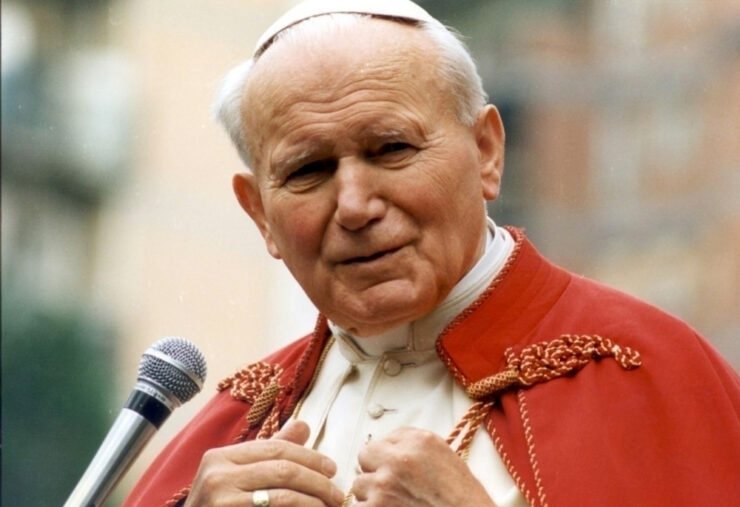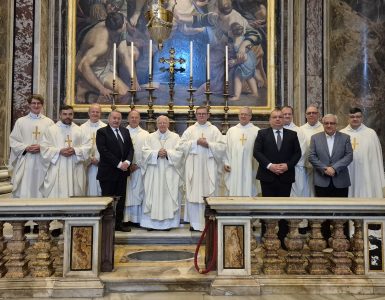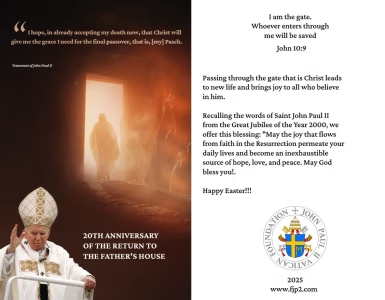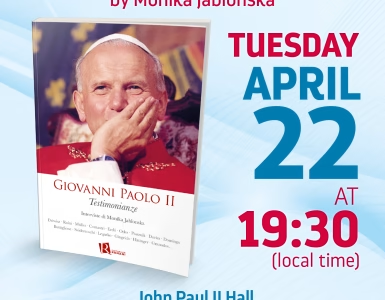And, yet another eloquent event. The Pope went to Slovakia, to Košice, for the ceremony of canonization of three martyrs tortured and killed in 1619 during one of the numerous religious wars. On the same day, while traveling to Prešov to meet the Greek-Catholic community, he asked Father Robert Tucci (he was then the organizer of papal trips, today he is a cardinal) to take him to a monument commemorating the massacre of twenty-four Calvinists committed by Catholics in the same dark period of history.
The Holy Father prayed in front of the monument, reciting the Our Father with the Lutheran bishop. Later I learned that after the Pope’s departure, the bishop said: “It would never have occurred to me that one day this will happen”
Meanwhile, the situation began to deteriorate. The Church of England decided to admit women to the priesthood, thus bringing a new point of contention with Catholics. Even bigger problems arose with Orthodoxy. After the decline of the communist era and the collapse of the Soviet empire, the explosion of nationalism also caused confusion in the Churches, especially the Orthodox ones, which for many years lived in oppression, excluded from the process of ecumenization.
The Holy Father immediately sensed that the situation could complicate relations with Rome. The Catholic Church, thanks to its unity, had at its disposal the strength, the great strength that the Orthodox Churches, divided and disunited, lacked. The Pope, therefore, tried to establish a dialogue full of respect, delicacy and understanding. A dialogue without any proselytism, and yet he did not always find understanding. His intentions were not always understood.
With the consent of Cardinal Stanisław Dziwisz – “Testimony”.
TBA marketing communication Publishing House. Warsaw 2007





